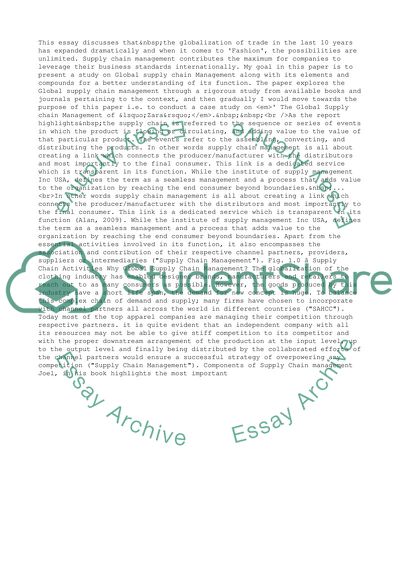Cite this document
(“The Global Supply Chain Management Assignment Example | Topics and Well Written Essays - 3750 words”, n.d.)
Retrieved from https://studentshare.org/management/1403065-global-supply-chain-management
Retrieved from https://studentshare.org/management/1403065-global-supply-chain-management
(The Global Supply Chain Management Assignment Example | Topics and Well Written Essays - 3750 Words)
https://studentshare.org/management/1403065-global-supply-chain-management.
https://studentshare.org/management/1403065-global-supply-chain-management.
“The Global Supply Chain Management Assignment Example | Topics and Well Written Essays - 3750 Words”, n.d. https://studentshare.org/management/1403065-global-supply-chain-management.


